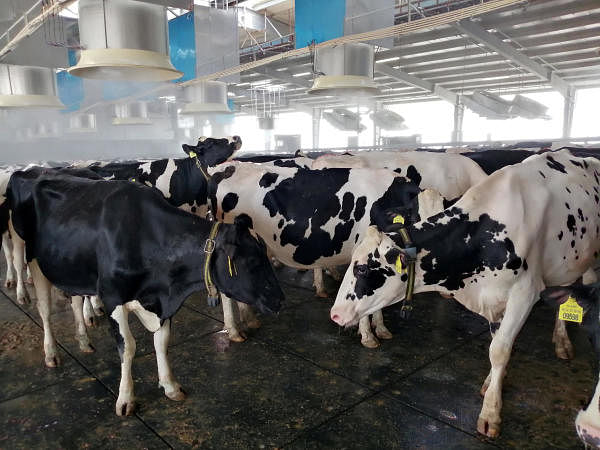
The provisional results of the 20th Livestock Census reflect the changes in the economy, especially the rural economy, and the impact of government policies on the numbers and types of cattle bred and used in the country. The previous census was in 2012 and the changes in outcomes show the shifts in social and economic situations and attitudes concerning cattle. The growth in cattle population in the last seven years has been slow, mainly because agricultural practices have changed with growing mechanisation. For this reason, male cattle population has fallen by 30.2%, while female cattle numbers have risen by 18%. This is the case with buffaloes also. The population of male buffaloes has decreased by 42.35%. The increased resort to artificial insemination is also a reason for the trend.
The census showed that the farmers’ response to the Rashtriya Gokul Mission, a pet programme of the BJP government meant for conservation and development of indigenous cattle breeds, is poor. While the population of crossbred milch cattle grew by 22.2% after the last census, the numbers of native cattle breeds declined by 6%. This was obviously because of the higher milk yield from crossbred cattle. It is the usefulness of cattle rather than sentiments or the push from the government that guides farmers in deciding what kind of cattle they should keep. If native breeds are to become more popular, their milk yield should be boosted through research. It is considerations of utility which have kept the population of milch animals steady when the numbers of draught animals have been declining. For the same reasons the numbers of equines and other animals like horses, mules, donkeys, camels and yaks have also been declining. The numbers of donkeys and mules have fallen by 61% and 57% respectively but those of poultry, goat and sheep have increased.
The data also shows the failure of the government’s cow protection policies, which have a political dimension. The cause of the cow has not been helped by the curbs on their movement and trading and other restrictive policies. These have led to the rise of cow vigilantism in many states, which has damaged the society and polity. In UP, where the cow protection policies are rigorously implemented, the overall cattle population declined by 4%, while the number of buffaloes rose by 8%. The shutting down of slaughterhouses has led to a fall in the export of meat of all kinds from the state. The census has no data on stray cattle. But it is known that their numbers have leapfrogged because farmers abandon unproductive cattle.